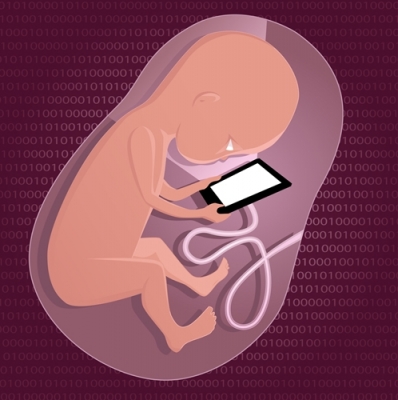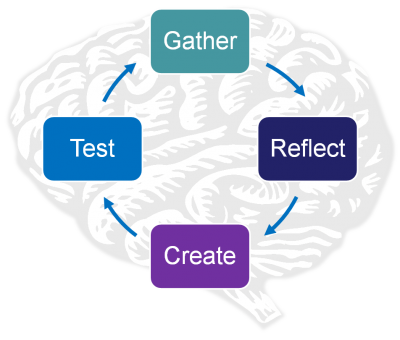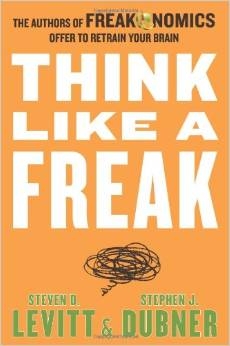
Managing Different Generations in the Workplace: Part Three
Managing Generation X’s need for direct feedback and millennials’ desire for innovation is challenging enough, but a third generation of workers is trickling into the workforce. Generation Z, comprised of individuals born after 1995 up to the present, is already one of the biggest generational groups in the U.S.While they may share a number of qualities with their Gen Y predecessors, communicating with this collection of young adults is an entirely different process. Continuing our four-part series on generations in the workplace, it’s time to break down the final crew: Generation Z.
Reliance on Technology
Like millennials, Gen Zers have been using technology since pre-adolescence—but their focus has been on more automated programs that require creativity or social networking over digital engineering. The Association for Talent Development suggests that managers retool their work processes and infrastructure to accommodate for automation. For example, inputting electronic data and running spreadsheets suits Generation Z’s technological preferences, but building spreadsheets doesn’t. Their focus is on easy-to-use programs that coordinate activities or communication.
As a result, members of Generation Z may require more guidance than workers of other generations when it comes to learning new software or tasks. They benefit greatly from instructor-led training exercises that utilize simulations or computer programs. A 2012 Forrester Research report showed that Generation Z is the second-largest demographic owning iPhones at 24 percent, ranking a few points below millennials (29 percent). Managers should take advantage of this group’s inclination for mobile technology and coordinate educational materials that are accessible via handheld devices.
Sense of Hyperconnectivity
According to Bloomberg View, Gen Zers might be overconnected in comparison to millennials. They’re accessing a wider variety of media: television, smartphones, tablets and mobile devices. A recent report from New York-based advertising agency Sparks and Honey revealed that members of Generation Z spend roughly 41 percent of their time outside of work or school interacting with computers or other technologies. Managers can utilize this sense of hyperconnectivity through modalities like chat programs that bring employees together and foster communication among staff.
In another study conducted by Wikia, “GenZ: The Limitless Generation,” researchers surveyed 1,200 Wikia users between the ages of 13 and 18. They found that 60 percent of Gen Zers share their knowledge with others online, an indication that they possess substantial collaborative skills. An additional 64 percent contribute content to websites because they enjoy learning new things, while 66 percent believe technology makes them feel as though anything were possible.
Given the penchant for collaboration, managers should include Gen Zers in more project management assignments. Generation Z’s networked approach to learning and development makes them feel engaged when working with a team. Social interaction is the optimal choice for communicating with this group, and hands-on training is the best option.
Unlike millennials, there’s still time before the majority of Gen Z enters the workforce. Managers should begin thinking about this generation and how to manage them now. Stick around as we segue into the final chapter of our series where we discuss strategies to connect all three generations—X, Y and Z—into one cohesive workforce.

 Project managers deal with numerous factors impacting success, including budget constraints, stringent timelines and technical issues. Yet one of the most common issues is communication breakdowns among different personality types on the team. By identifying and codifying different personality types, project managers can enhance the effectiveness of their teams, balancing team member strengths and weaknesses, and improving the overall project outcome.
Project managers deal with numerous factors impacting success, including budget constraints, stringent timelines and technical issues. Yet one of the most common issues is communication breakdowns among different personality types on the team. By identifying and codifying different personality types, project managers can enhance the effectiveness of their teams, balancing team member strengths and weaknesses, and improving the overall project outcome.
 What is really happening in our brain when we learn?
What is really happening in our brain when we learn?
 Within every organization, employees range in personality types from professionally outgoing to socially reserved. Managing a mix of extraverts and introverts can be a challenge, but encouraging each personality type’s strengths and encouraging both groups to understand these dynamics is key.
Within every organization, employees range in personality types from professionally outgoing to socially reserved. Managing a mix of extraverts and introverts can be a challenge, but encouraging each personality type’s strengths and encouraging both groups to understand these dynamics is key.
 At Merit, we read a lot. From current thought leaders, to the latest research on critical management skills and adult learning theory. The concepts in these books inform our professional education programs. This month we will give away another of our favorites.
At Merit, we read a lot. From current thought leaders, to the latest research on critical management skills and adult learning theory. The concepts in these books inform our professional education programs. This month we will give away another of our favorites.  At Merit, we read a lot. From current thought leaders, to the latest research on critical management skills and adult learning theory, the concepts in these books inform our professional education programs. This month we'd like to give away another of our favorites, The Checklist Manifesto.
At Merit, we read a lot. From current thought leaders, to the latest research on critical management skills and adult learning theory, the concepts in these books inform our professional education programs. This month we'd like to give away another of our favorites, The Checklist Manifesto.